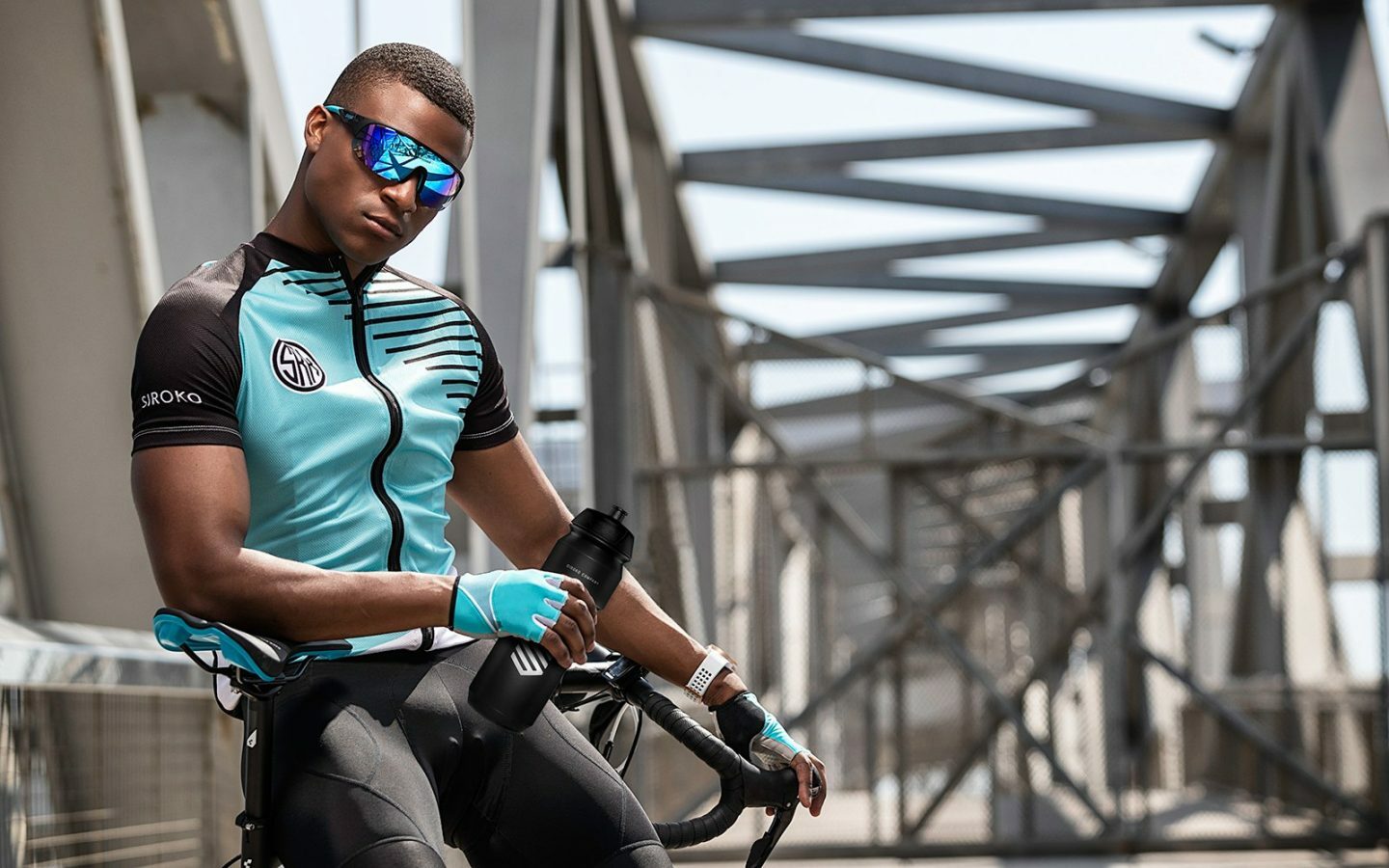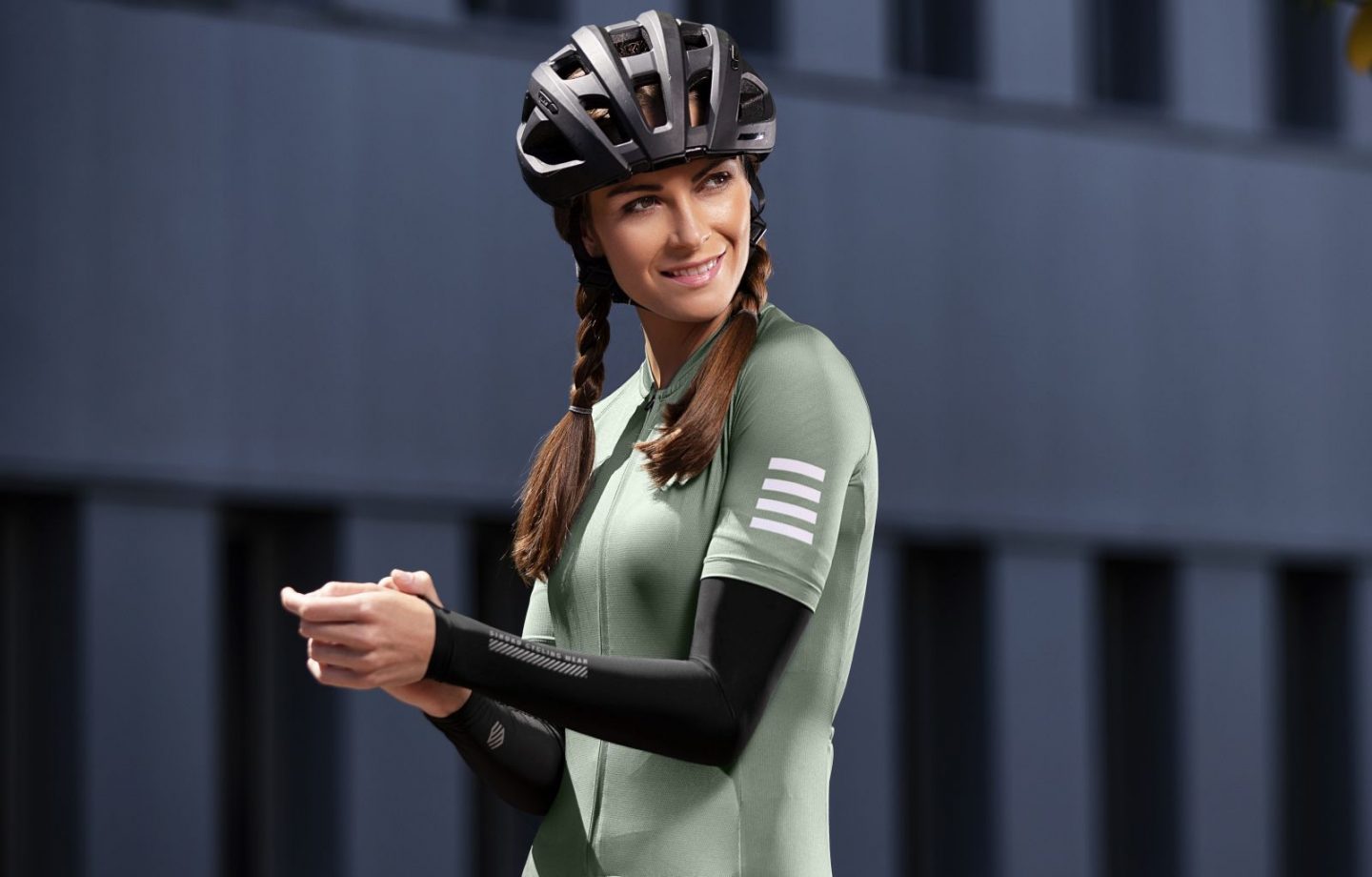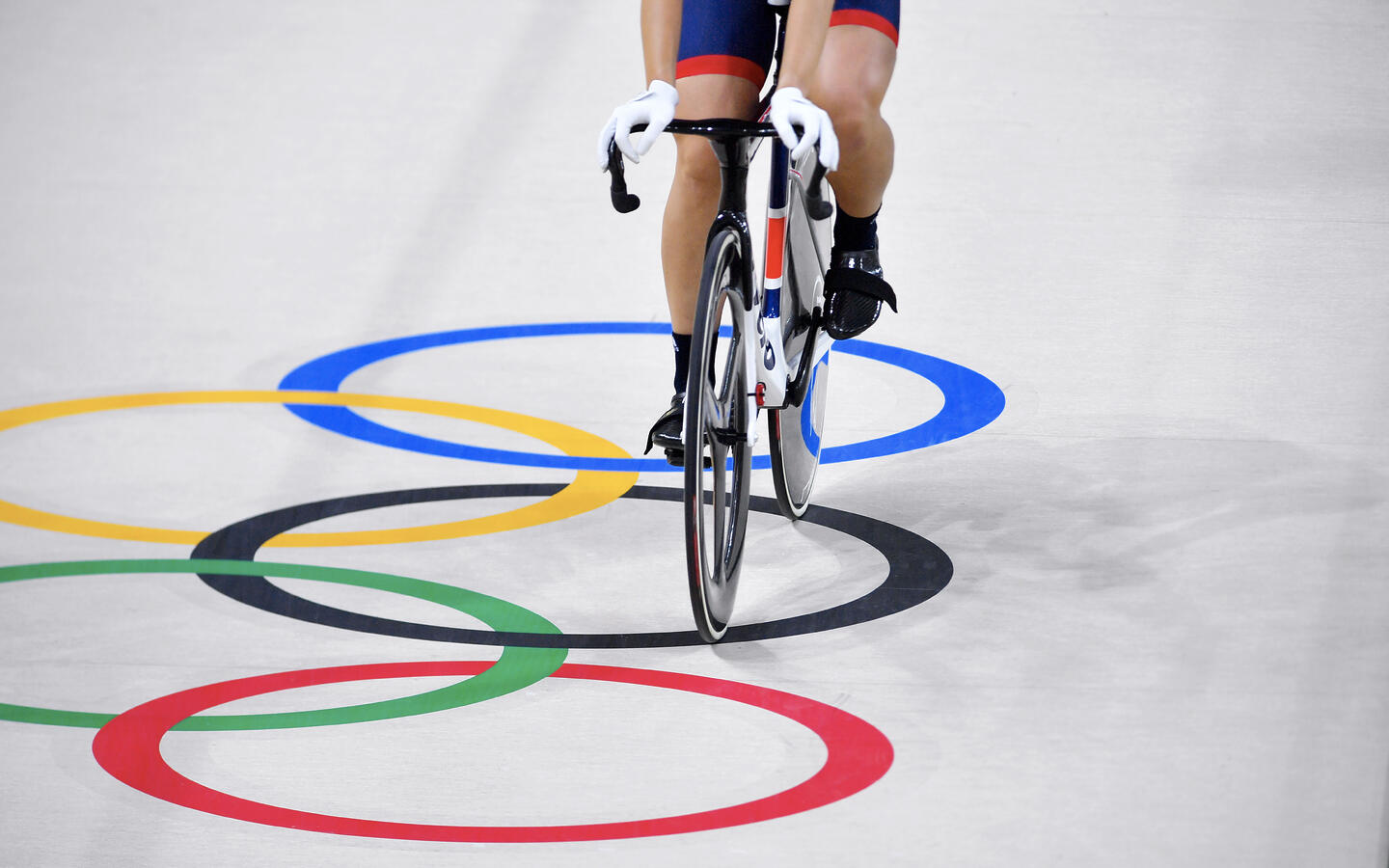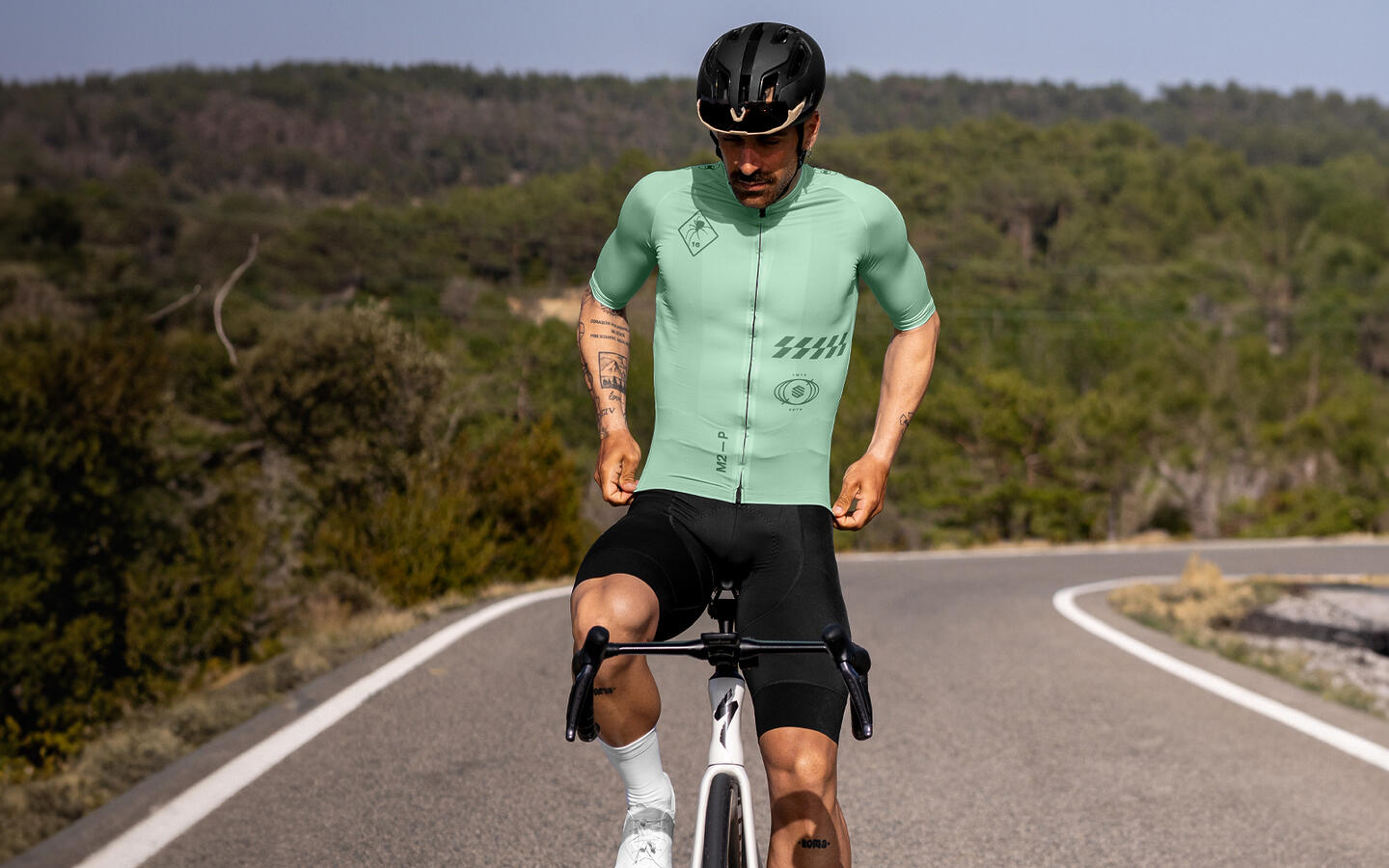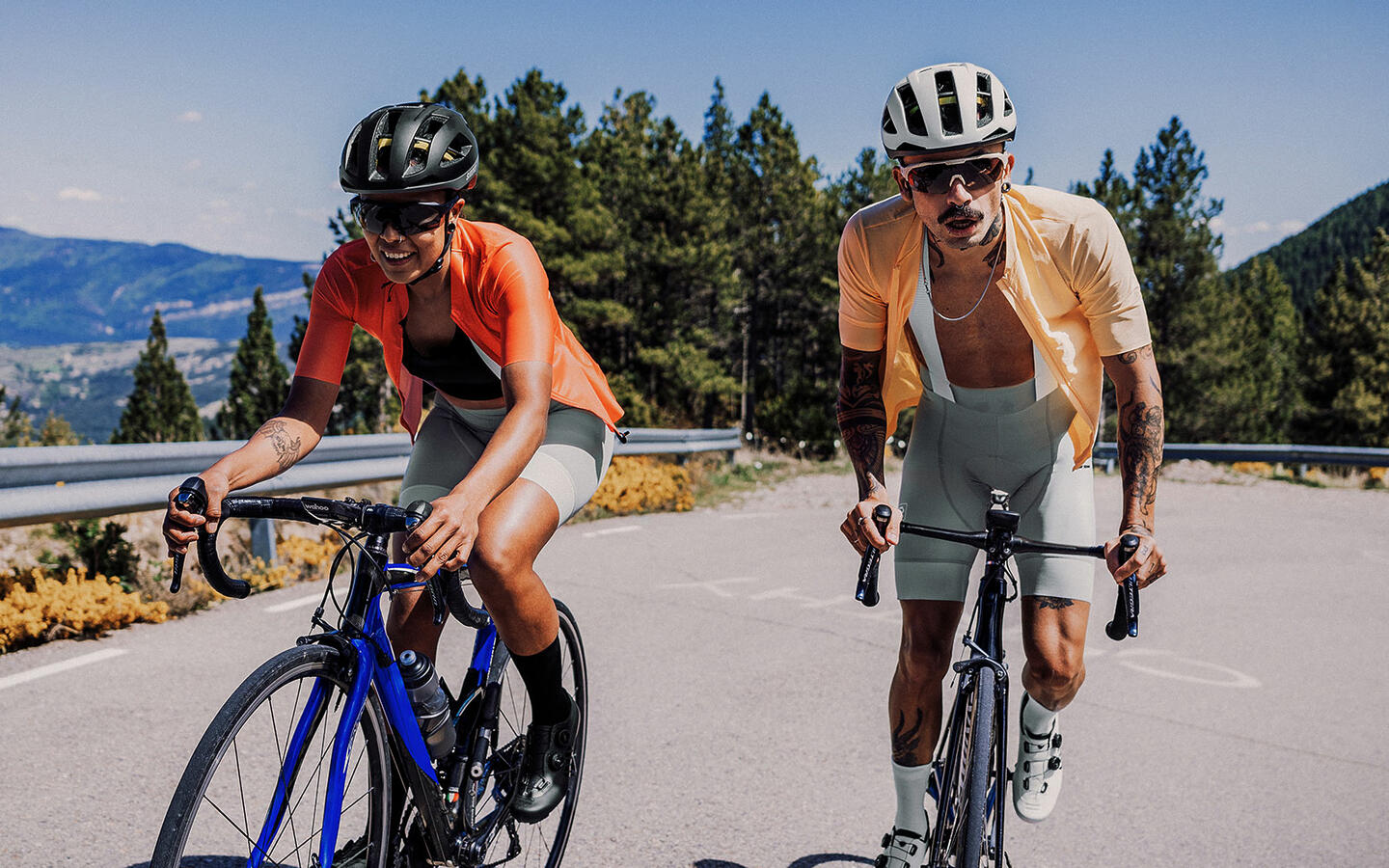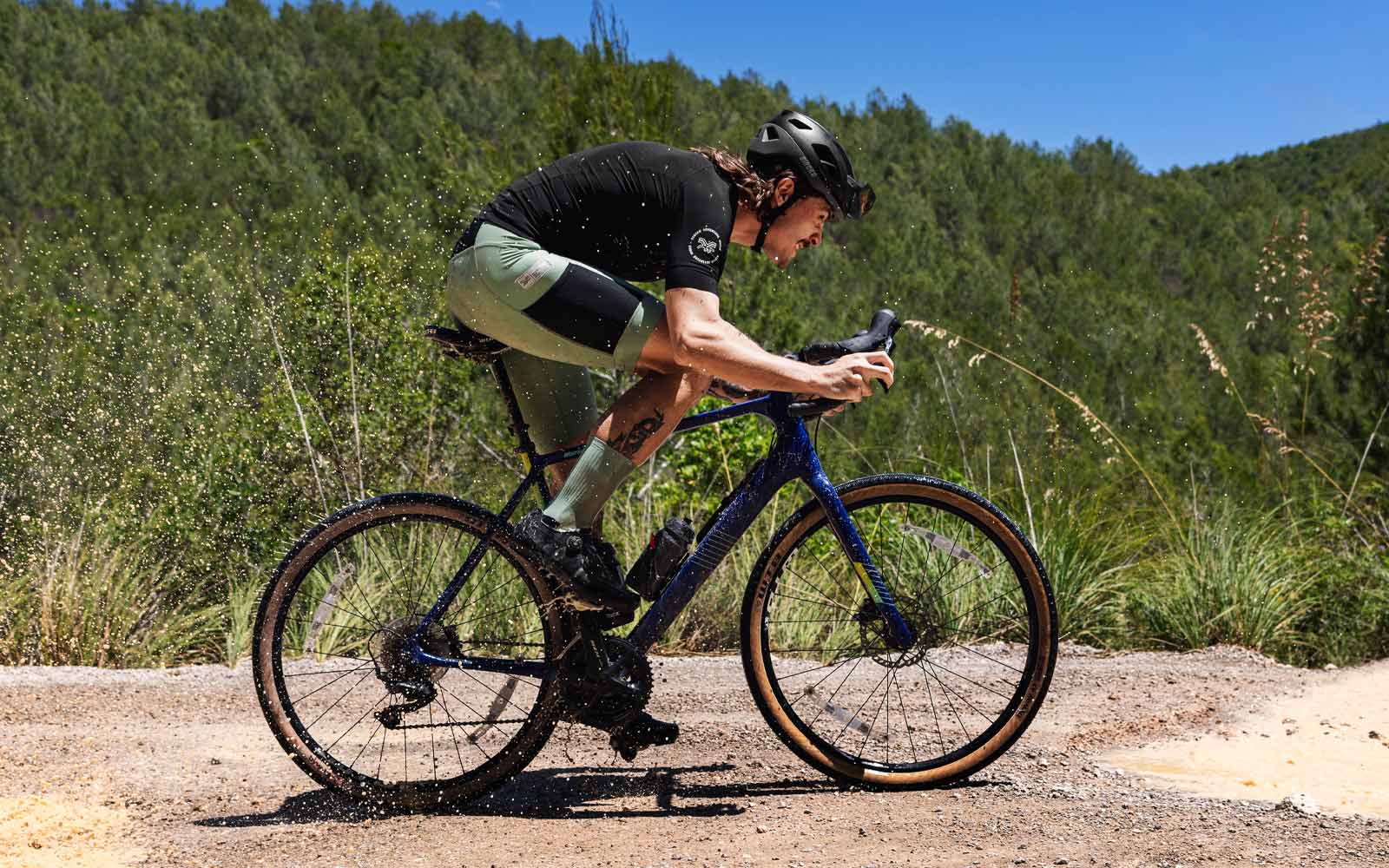There is no doubt that the vast majority of cyclists prefer warm weather to being out in the cold. Cycling in the sun is much more enjoyable as we don’t have to wear as many clothes and everything simply feels and looks nicer. But riding a bike in the hot weather, especially when the temperatures are very high, also entails its share of issues and challenges, particularly if we are not used to it.
If you live in an area with moderate temperatures and decide to participate in a race/event or to go on a route on holidays, in a place where the weather is very hot, your body will not be used to such conditions. Ideally, you would want to spend a few days acclimatizing but that’s not always possible. In order to ride a bike and fight the heat, you can try to follow these 7 tips:
Before going into the details of these 7 recommendations, let us explain briefly how our body works when it’s hot and we go out cycling:
One of the first things that happens is sweating: that’s how our body defends itself against the heat sensation. It’s similar to the sensor in the car engine when it detects overheating and activates the cooling system. In our case, the body starts sweating to cool down. It’s our “air conditioning” that comes as standard. Sweat is basically only water so it conducts heat very well, that is why we sweat to release heat from our body. In order for this mechanism to work properly we should wear the right clothes, allow our body to sweat, get properly hydrated and cool our bodies however we can (shade, air, water). Now, let’s get down to the tips:
1 – Choose appropriate clothing
If we rode our bikes in our birthday suits, the water would evaporate, our skin would dry out and our body would keep sweating to adjust its temperature. The problem is that we are not nudist bikers, we wear jerseys and bib shorts that can have a positive or negative influence on the proper functioning of our natural air conditioning system.
If the cycling jersey or bib shorts is not breathable enough and blocks sweat instead of wicking it away, the moisture accumulates on our skin, on our clothes, and eventually the cooling effect it is supposed to have on the body is gone.
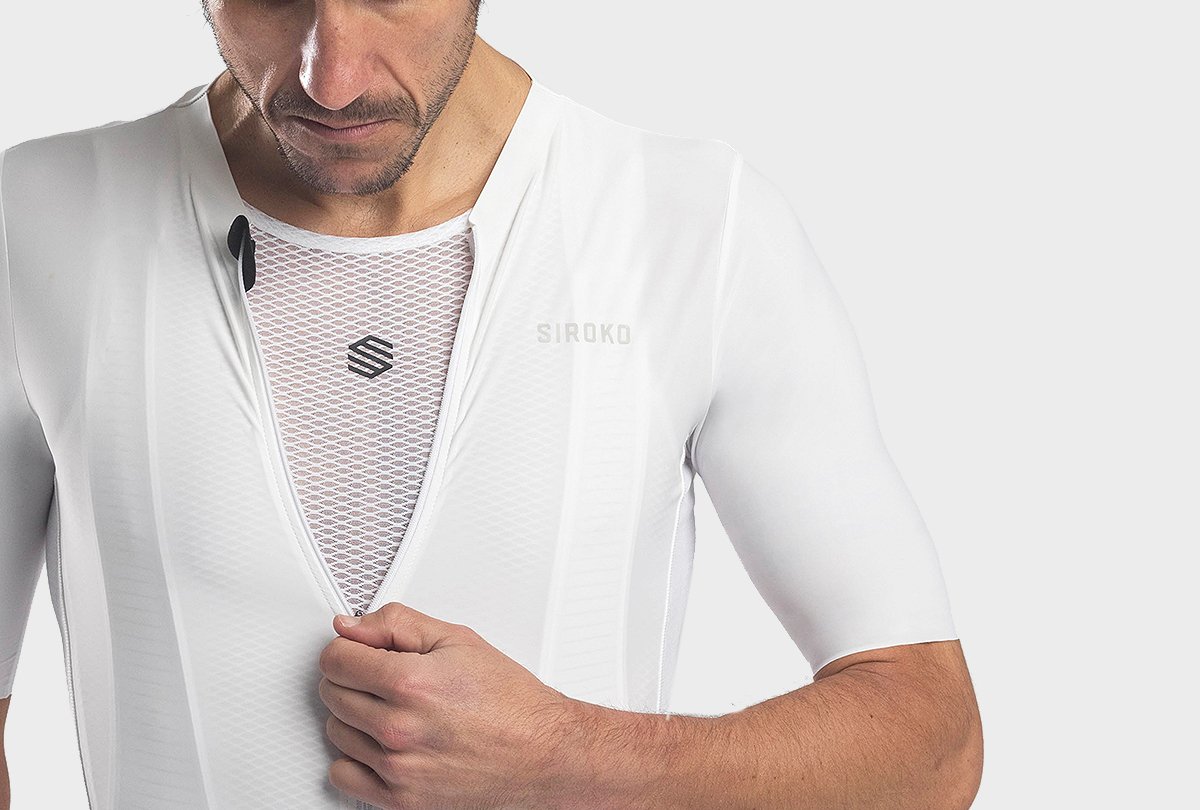
It is important to look for clothing that protects us from the sun and heat, while being as light and breathable as possible. In hot weather, a jersey or bib shorts made of thick, heavy and non-breathable fabrics absorb sweat, but do not wick it away efficiently, making the garments heavier and more uncomfortable, hindering our body’s ability to regulate its own temperature.
Siroko SRX cycling jerseys and bib shorts are perfect for hot weather conditions. They offer sun protection, excellent breathability and lightness. They absorb and quickly wick away sweat to keep our skin dry.
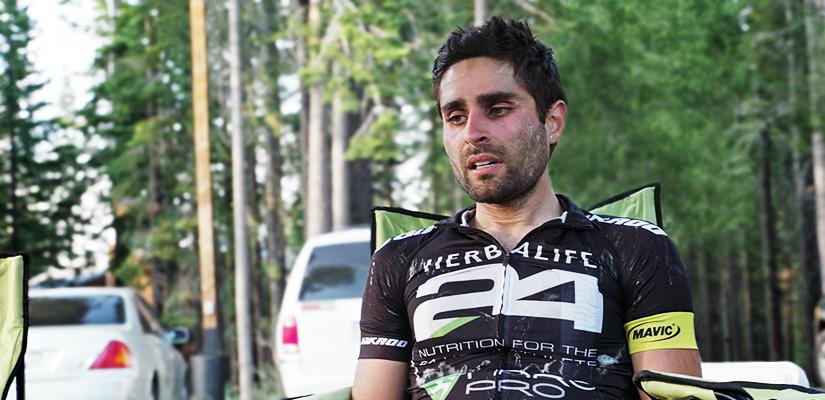
On hot days, or when a cyclist sweats a lot, it is not uncommon to see white marks on jerseys and bib shorts. These are the remains of the salts that come out with sweat. When the sweat evaporates, the salts remain on the fabric. Don’t worry, it’s normal, the fabric is doing its job. Just wash your clothes as soon as you can, following the instructions from this blog post on how to take proper care of your cycling clothing.
2 – Wear sunscreen
We said in the previous point that clothing should protect us from the sun, but when it is really hot, significant parts of our skin are exposed to direct sunlight, meaning we need sunscreen. What kind of sunscreen should we choose for cycling?
- Avoid thick, greasy sunscreens because they clog skin pores, block perspiration and do not allow the body to cool down properly.
- Use low-viscosity lotions or sprays that are easily absorbed to let your skin breathe.
- Look for sunscreens that offer long-lasting protection. Especially if you are going on very long outings. This saves you from having to carry a bottle of sun lotion and reapplying it every so often.
- Choose water resistant sunscreens. Not only because of the sweat, but also because of the water that you are going to pour over yourself to reduce body heat and cool the engine.
3 – Avoid going out during the midday hours
We know it’s not always possible, but if you can, try to go out early in the morning, before it gets too hot, or late in the afternoon when the temperature drops. Those times of the day actually bring more advantages: less traffic on roads and encountering wildlife that normally remains hidden.
For early-morning or late-afternoon rides, don’t forget to bring your bike lights, a lightweight cycling vest and arm sleeves such as our Climatik model, as well as a pair of photochromic sunglasses.
4 – Stay hydrated
You will find more information about hydration for cyclists in this post. To stay hydrated, drink water according to your thirst. If you sweat a lot and you are going to spend more than 4-5 hours cycling it is advisable to drink electrolyte water to replenish the lost salts. Sodium is important for people who sweat a lot because its excessive loss can lead to cramps and decreased performance. Bear in mind that sodium, calcium and potassium are essential for muscle contraction.
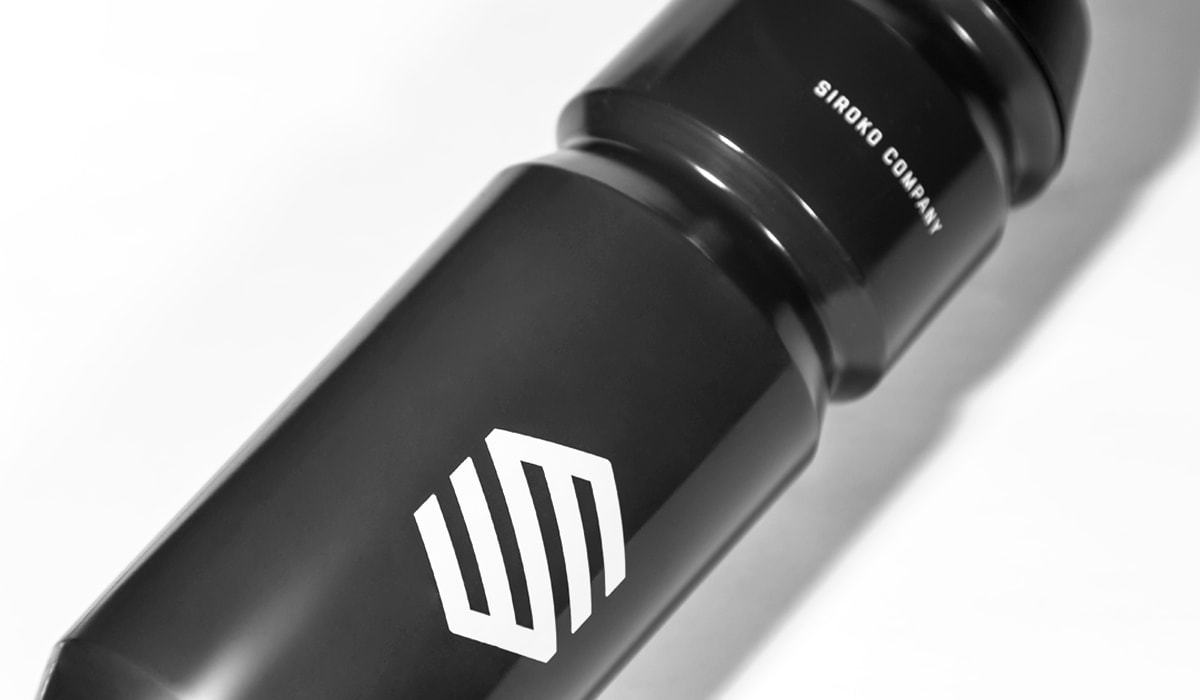
The problem with high temperatures is that the water in the bidon gets hot very quickly. It hydrates you but does not keep you cool and the drinking experience is unpleasant. Put ice cubes inside and the liquid will stay cold for a little longer. You can also put one of the bidons in the freezer and go out cycling with the frozen water, letting it melt as you go.
5 – Cool down as much as possible
Our engine heats up more than usual at high temperatures, especially during intense efforts, so pouring water over your head, down your legs, arms or back, is completely normal and we strongly recommend it. Do not even think of wasting electrolyte water to cool your body that way and do not take a shower with energy or isotonic drinks unless you want to end up stickier than the tubular glue.
Pro cyclists in competition use ice socks (usually stockings filled with ice). They put them on their backs, almost all the way up. You can do the same. You can ask for an ice refill at a bar on the way and keep using the stockings. You can also use socks, leggings, tights, or even zip seal bags or sandwich bags with holes in them. Fill them with water, put them in the freezer and when you go out, take them out and put them on your back, on your thighs under your bib shorts or in one of your jersey pockets.
Keep your cell phone, and anything else that can be damaged by water, protected.
6 – Lower your core temperature
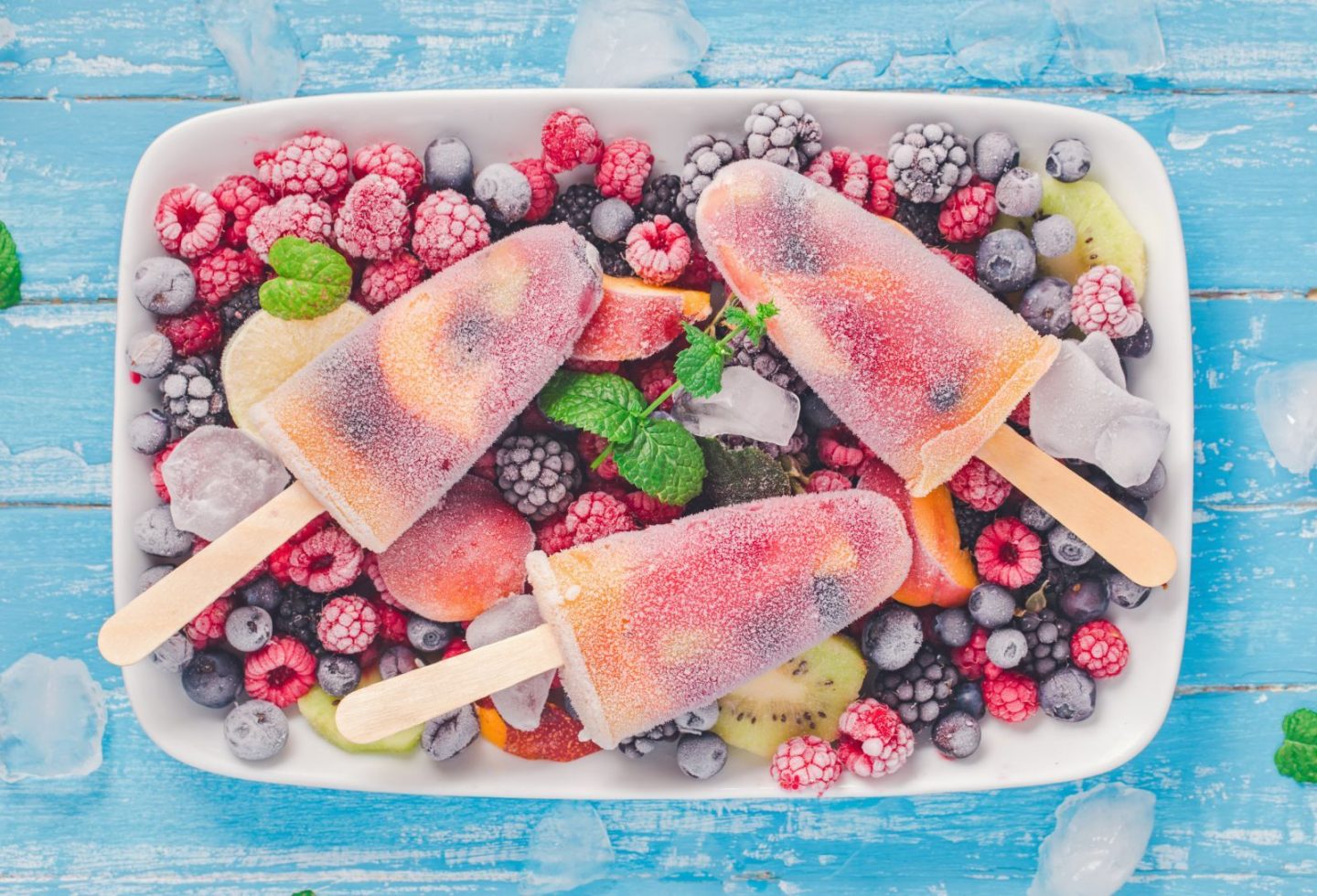
In addition to cooling your body down on the outside, you can also lower your core temperature from the inside. Cold water in the bidons works, but so does iced coffee, an iced drink, a slushy, an ice cream and any given kind of popsicle or ice lolly.
7 – Rehydrate and cool your body
Be careful after the ride as well. A lot of problems after spending many hours under a scorching sun occur later. Drink water or eat it in fruits and vegetables to rehydrate the body, regain strength and replenish salts and minerals lost through sweating.
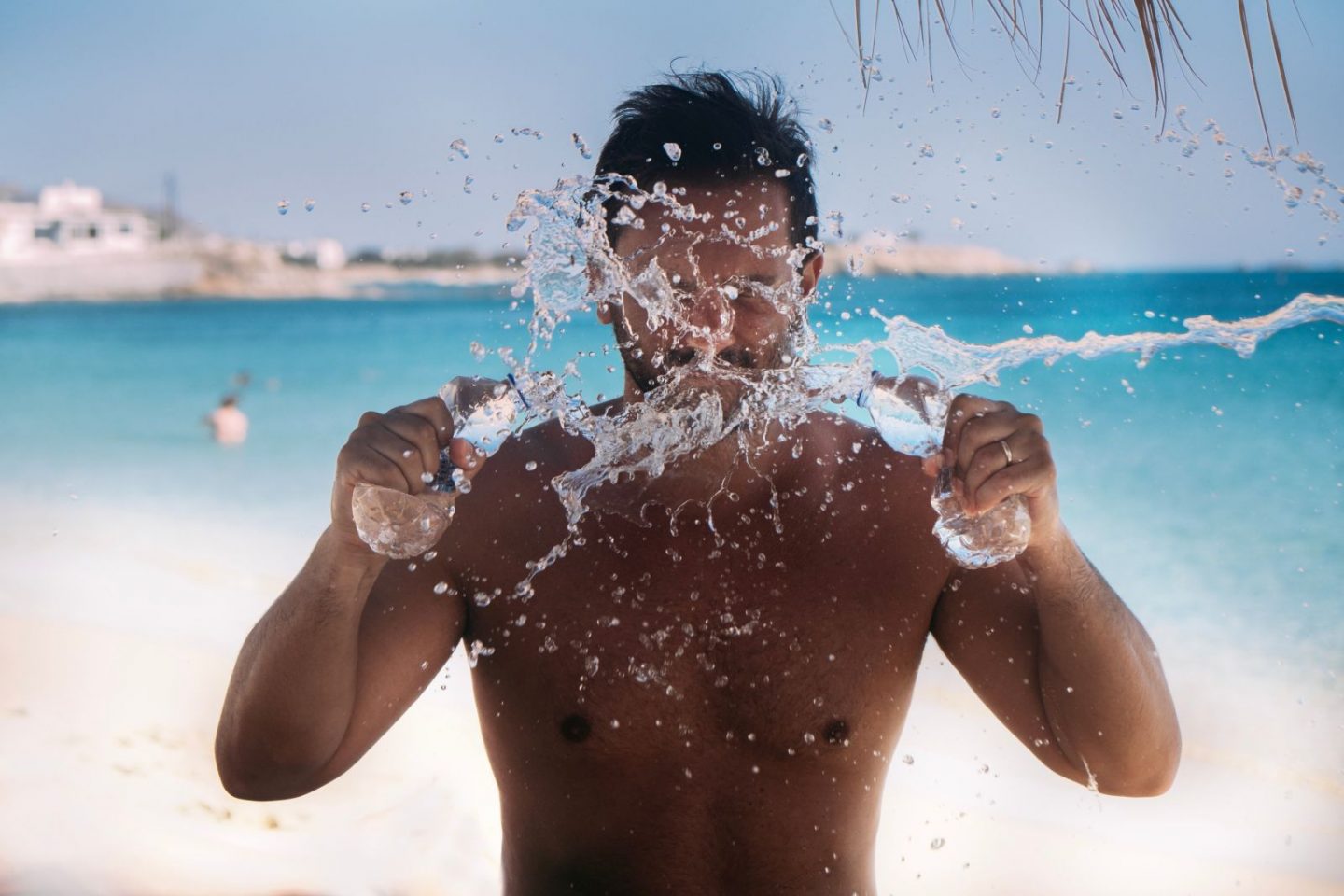
Lowering the body temperature with a cold shower or bath is very important. It is difficult to endure at first, but cold water helps to stop the engine and prevent it from emitting more heat. You can also go swimming in a pool, sea or river.
Even if you have used sunscreen, apply some cream or cooling lotion to moisturize and nourish the skin.
Finally, we would like to remind you that even if it is not raining and the road is not wet, you should pay extra attention because the asphalt becomes dangerous at high temperatures. If it melts, entering a curve might become treacherous. It can also stick to the tires, causing gravel or rocks to get stuck in them and leading to a puncture. If you get a flat tire, find some shade and keep your chin up.
